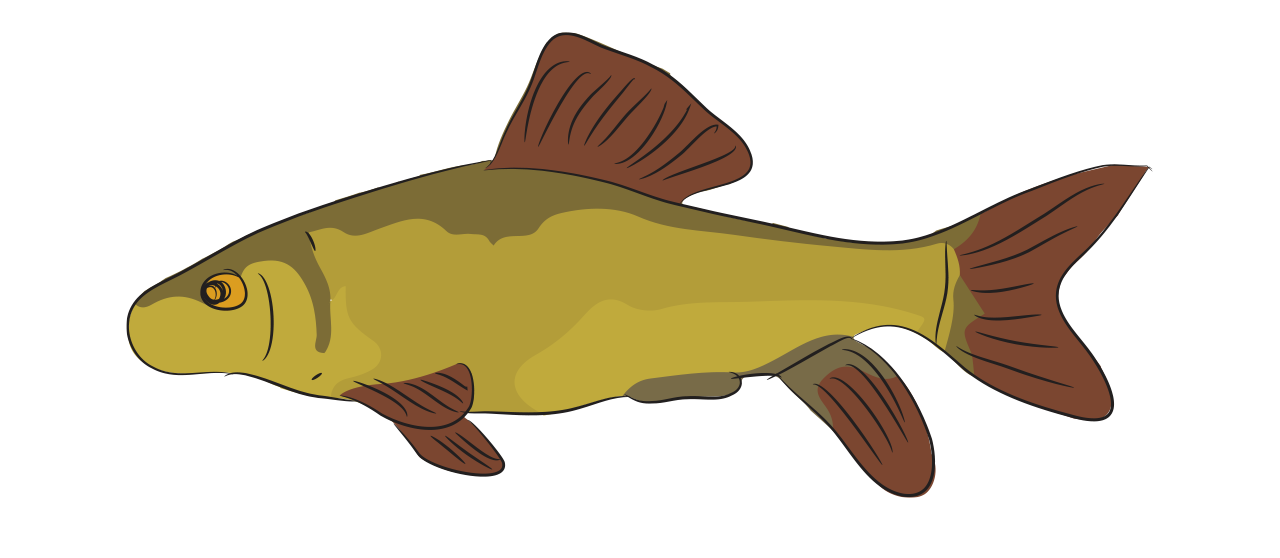Tench | Fish Species Guide | Angling Direct

Tench
aka Tinca tinca
Often mistaken for the Common Carp, tench are a similar shape but can be distinguished by its large, round dorsal fine. As a freshwater native to European rivers, shallow lakes and backwaters, tench prefer to live in a great deal of vegetation and have been known to spend the winter buried in mud. Tench have olive green colouration with a bronze belly, deep tail and rounded fins as well as a humped back and rounded head. Its scales and eyes are small, and it’s known to be excessively slimy.
Tench are known across the world as ‘doctor fish’ due to their excessive slime that has the ability to heal other fish species' ailments. Fish have been known to rub themselves against tench to be healed.
Stats
Status
Habitat
Thick mud, silt, vegetation, weed beds and marginal shelves.
Bait
Dark groundbait, corn, maggots or worms.
Native or Invasive
Native
Where
Common throughout Europe, North America and Asia. Tench are not found at latitudes south of the Equator.
 Catch Experience
Catch Experience
Video
Blog Highlight
Phil Spinks - Top 5 Tench Fishing Tips
With spring just around the corner, my attention like many other specimen anglers should be turned to tench fishing. However, until we are out of isolation we can just brush up on our techniques and prepare tackle for when we can get back to the...
Read More